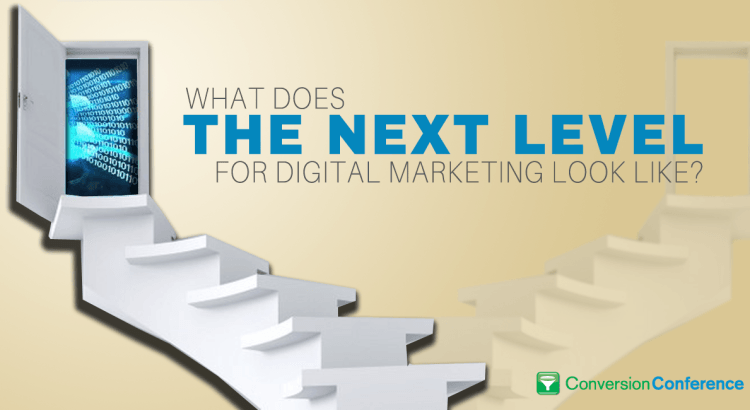“We want to take our marketing to the next level.”
We hear that often. But with digital marketing becoming more complex by the minute, what does the “next level” even look like?
-
It’s Holistic
With cross-device and cross-channel behavior becoming more the norm than the exception, marketing programs that are siloed by channel are going to be increasingly inefficient. For example, Mobile ad exposure can drive desktop engagement. Video ads may well drive brand searches. But when value created in one channel is realized in another, it creates disconnects for budgeting and performance measurement. Striving for neat and tidy single-channel performance numbers is likely detrimental for your business. Marketers who break through to the next level are looking holistically at engagement across channels, across engagement points, and over time.
-
It’s Even More Data-Driven
Data-driven reporting, or simply looking at Google Analytics reports won’t cut it any more. Data used just for creating reports is data that is being wasted. True data-driven marketing feeds core metrics from advertising, engagement tracking, and customer databases back into ongoing optimization on a daily basis. “Next-level” data will focus on supporting complex modeling with hard data from multiple sources. The days of “do, measure, done” are gone.
Ready for More Conversion-Boosting Tips?
Join the worldwide community of conversion optimizers at ConvCon 2017!
-
It’s Financially Rooted
If you’ve been optimizing for marketing metrics without an underlying financial model, it’s time to step it up (take notice “Time-On-Site”). Marketing at its core is a financial investment in a financial outcome. “Next level” marketing is explicit about the financial model and how engagement and customer value support revenues and profits. To do this, Key Performance Indicators must be tightly aligned with profits.
-
It’s Predictive
The ad dollars you spent today may have no relationship to the sales you made today unless you have the world’s shortest sales cycle. Today’s sales were likely to be largely, or maybe even entirely, from past advertising. Tomorrow’s marketing relies on predictive models that are savvy about time. An understanding of sales cycle, latency and engagement process is critical to the financial assessment and efficient optimization of your program.
-
It’s Complex
Yes, life would be easy if marketing were simple. But today’s big opportunities in Digital lie in mastering complexity. The better you are at understanding complex user behaviors and tightly optimizing those behaviors for a clearly-stated financial result, the better chance you have to beat your competition. This means understanding the limitations of your ad management tools, reporting, tracking systems, and customer data and moving beyond those limitations.
The “next level” is an exciting place. Welcome to it.
This article first appeared on WorkingPlanet Blog.
About the Author
 Soren Ryherd is the President and Co-Founder of Working Planet. Soren started as a research scientist, was a NASA graduate research fellow, and co-founded quantitative marketing firm Working Planet in 2003. Working Planet puts the math behind the marketing, connecting the dots from advertising to revenue and profits. In 2012, Soren was an inaugural Rhode Island Innovation Fellow, which launched The Retail Project RI, a for-profit venture that is aimed at building a stable and sustainable Main Street retail sector in Rhode Island.
Soren Ryherd is the President and Co-Founder of Working Planet. Soren started as a research scientist, was a NASA graduate research fellow, and co-founded quantitative marketing firm Working Planet in 2003. Working Planet puts the math behind the marketing, connecting the dots from advertising to revenue and profits. In 2012, Soren was an inaugural Rhode Island Innovation Fellow, which launched The Retail Project RI, a for-profit venture that is aimed at building a stable and sustainable Main Street retail sector in Rhode Island.
Soren works at the intersection of math, advertising, and business consulting, focusing on data-driven applications of marketing tactics directly tied to bottom-line growth. He is also a frequent speaker on data-driven digital advertising tactics, strategy, and business innovation.

 717 798 3495
717 798 3495



